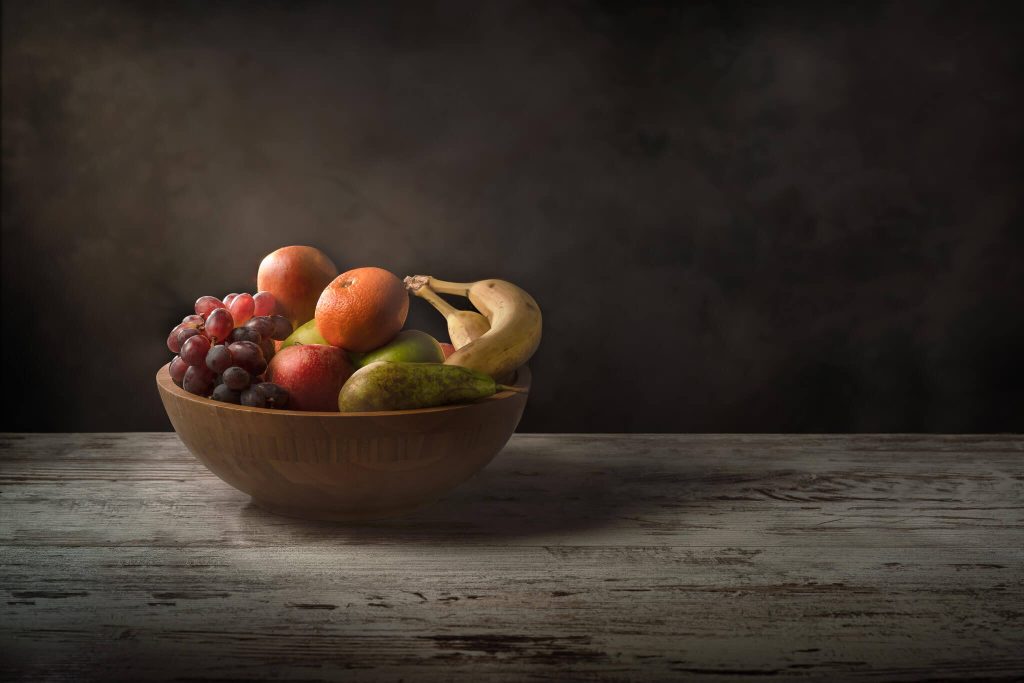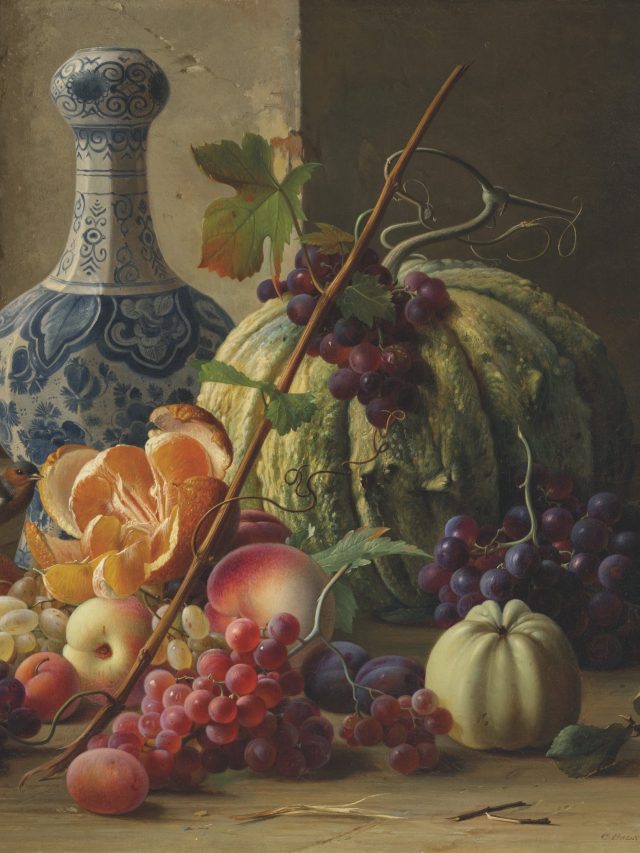Still Life Painting
Still-life paintings offer a unique and timeless way to explore the beauty of everyday objects. This genre of art focuses on inanimate subjects, often capturing ordinary items with remarkable detail and creativity. Whether you’re new to painting or looking to expand your skills, there are numerous techniques and ideas to help you master a Realistic Still Life painting. In this article, we’ll dive into various aspects of still life painting, from beginner-friendly approaches to advanced techniques, and highlight some renowned examples of this genre.
What Is Still Life Drawing Painting?
Still Life drawing painting is a genre that revolves around depicting inanimate objects, such as flowers, fruits, and household items. The term ‘still life’ comes from the Dutch word ‘stilleven,’ which refers to these silent, still subjects. The art form gained prominence in the 16th century with Dutch painters like Jan Bruegel the Elder and Ambrosius Bosschaert. Early still life drawing paintings often showcased intricate arrangements of flowers and fruits, highlighting the artists’ skill in rendering textures and details. The genre evolved over the centuries, but its core focus on capturing the essence of everyday objects remains central.

Throughout history, many famous still life paintings have set high standards for the genre. Works by artists such as Caravaggio and his dramatic use of light, or the meticulous arrangements by Dutch masters like Pieter Claesz, continue to inspire and educate artists today. Their famous still life paintings highlight the potential of still life to capture both the mundane and the magnificent in everyday objects.
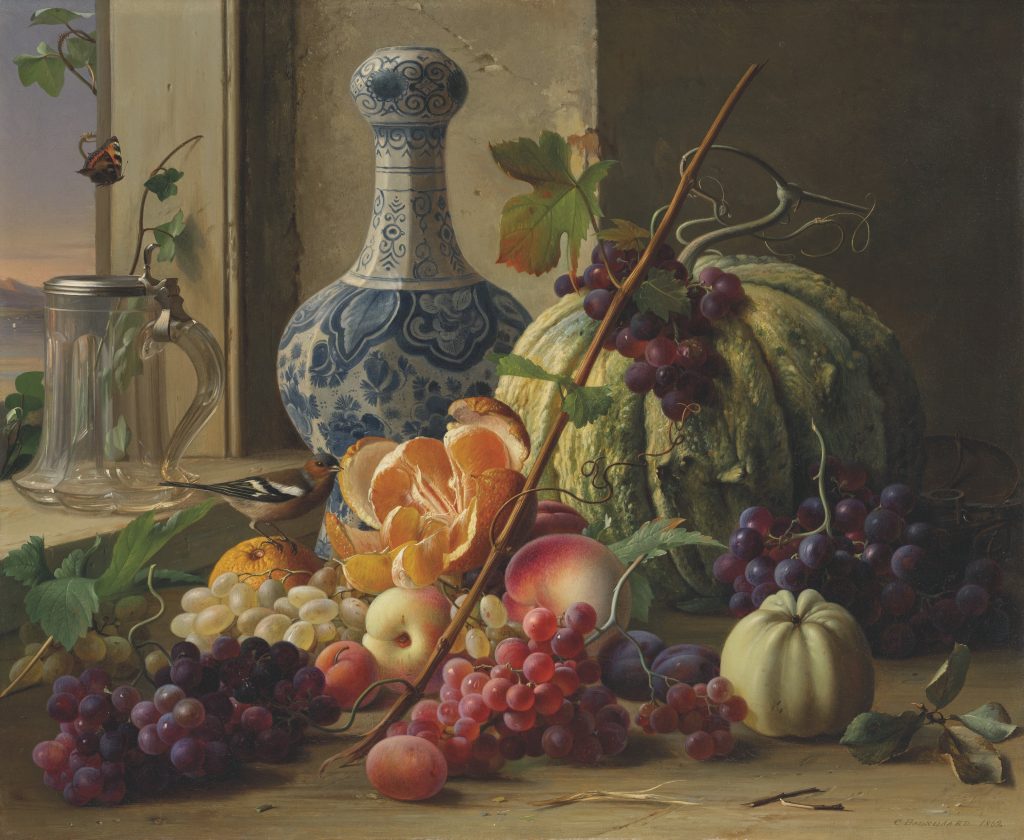
Still Life Painting Mediums
If you are a beginner, an easy still life painting is the way to go! Simple compositions, such as a bowl of fruit or a single vase of flowers, can help you get accustomed to basic techniques. With myriad mediums, still life painting easy drawings, help you understand form and composition before adding color. Now that we have learnt a brief history of realistic still life paintings, it is time to create some of our own with these still life painting mediums and techniques.
1. Still Life Watercolor Painting
A still life watercolor painting is a delicate and fluid way to capture the beauty of objects. Watercolors allow for subtle gradations of color and light, perfect for creating soft, atmospheric effects. A flower still life painting in watercolor can showcase the translucent quality of petals and leaves, while a fruit still life painting can reveal the gentle interplay of light and shadow.
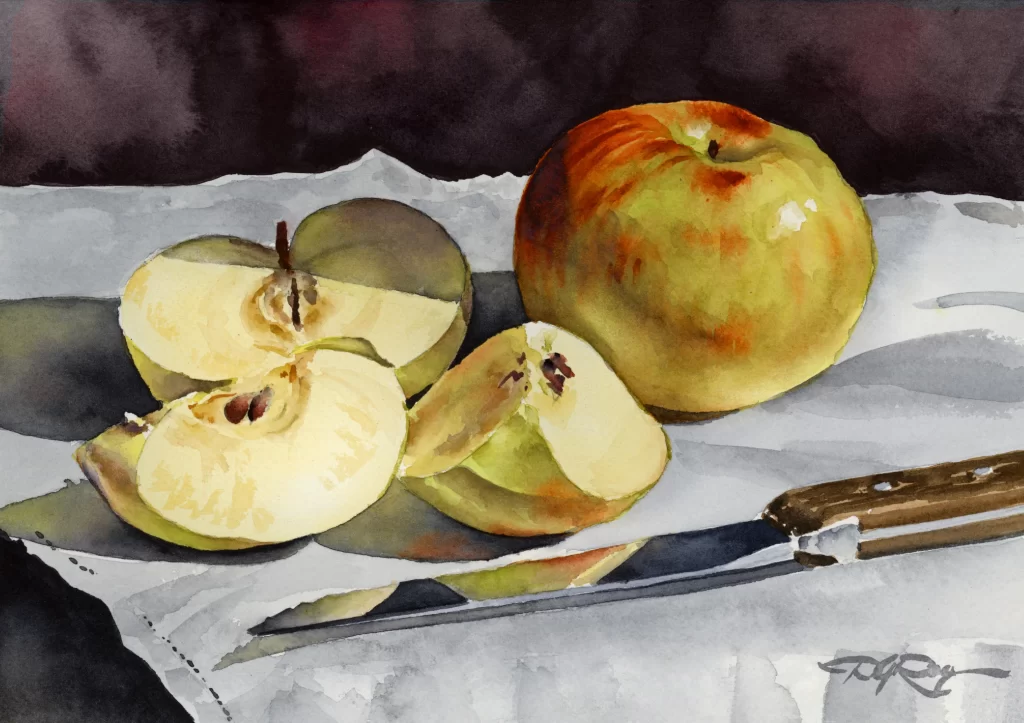
2. Acrylic Still Life Painting
Acrylic still life painting is known for its versatility and boldness. Acrylic paints dry quickly and are ideal for layering and creating dynamic compositions. This medium is perfect for those who enjoy experimenting with color and texture. Easy still life acrylic painting projects can involve simple subjects and straightforward techniques, while more advanced works can explore complex textures and contrasts, especially with the impasto technique.
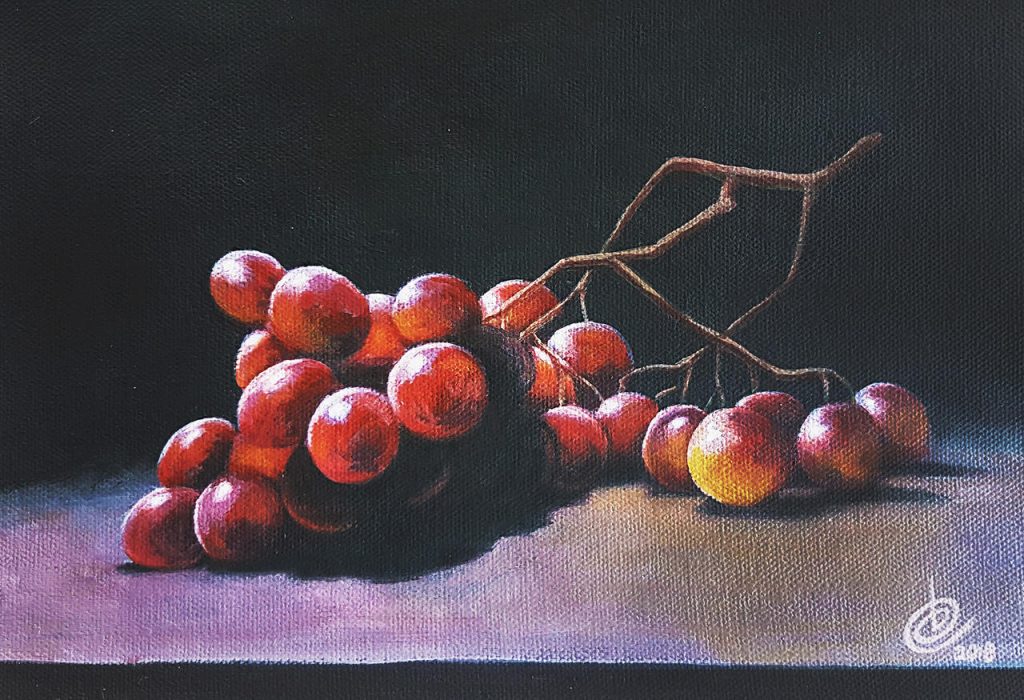
3. Still Life Oil Painting
For a richer, more detailed approach, consider still life oil painting. Oil paints offer a depth and richness of color that is hard to match with other mediums. Realistic still life painting often utilizes oil paints to achieve a high level of detail and texture. The slow drying time of oils allows for extended blending and fine-tuning, making it a favorite for detailed and intricate compositions.

4. Still Life Painting Shading
Mastering still life painting shading is crucial for creating depth and realism. Proper shading techniques enhance the three-dimensionality of objects, whether you’re working with pencil still life painting or more complex mediums like oil or acrylic. Understanding light sources and how they interact with different surfaces will elevate your work from flat to lifelike.
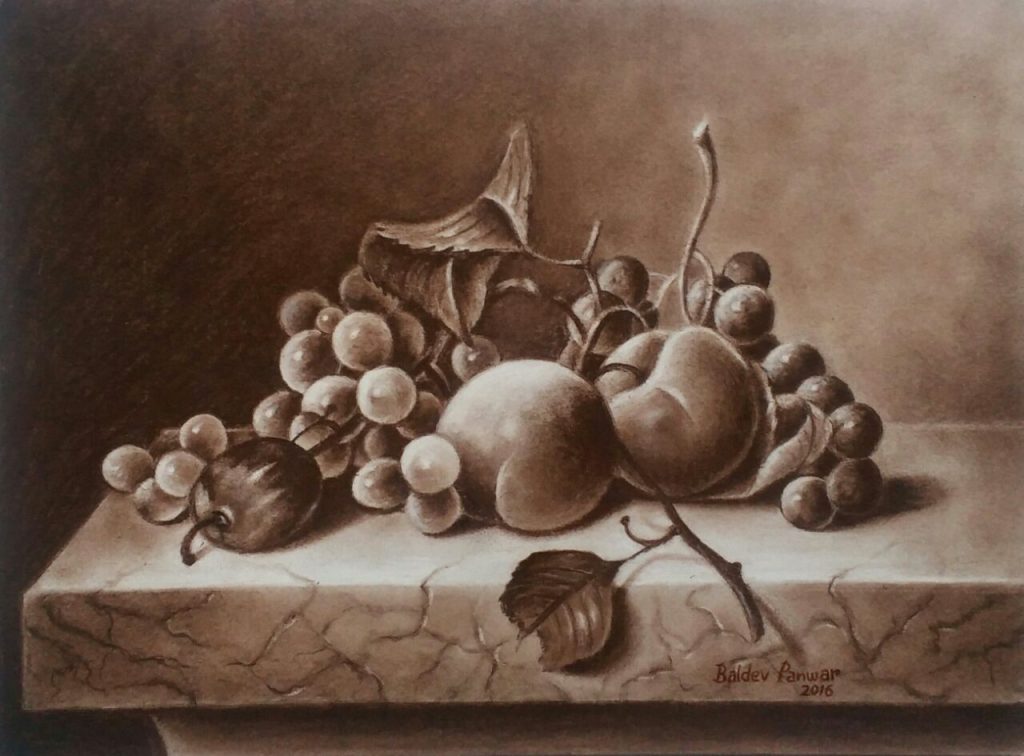
5. Still Life Painting On Canvas
Use still life canvas painting to create a durable and classic presentation of your work. Canvas is ideal for both still life oil painting and acrylic still life painting, providing a stable surface that enhances color and detail. In addition, the unique texture of the canvas will help you maintain a great base for any still life object painting, such as teapots, books, or vintage items.
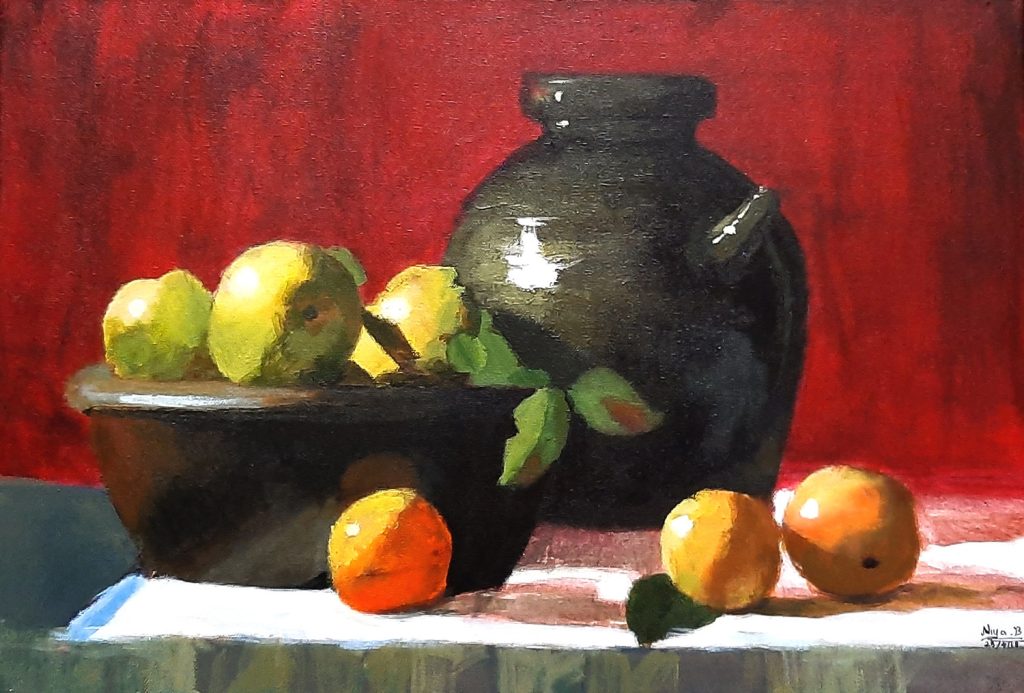
Image Courtesy – Nick Church Photography

